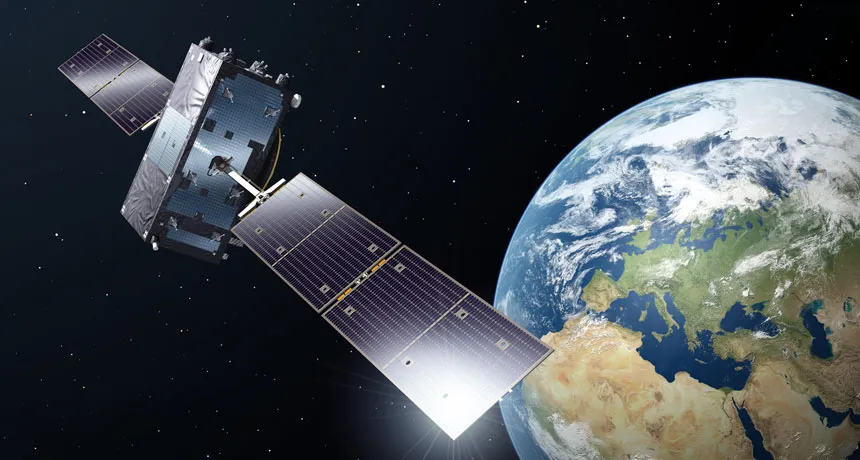A satellite screw-up reaffirms Einstein’s theory of gravity
Incorrect orbits let scientists test how clocks change speed in a gravitational field

SATELLITE SNAFU Two satellites of the European Galileo network (one illustrated) were launched in incorrect orbits, a mistake that allowed scientists to test Einstein’s theory of gravity.
ESA